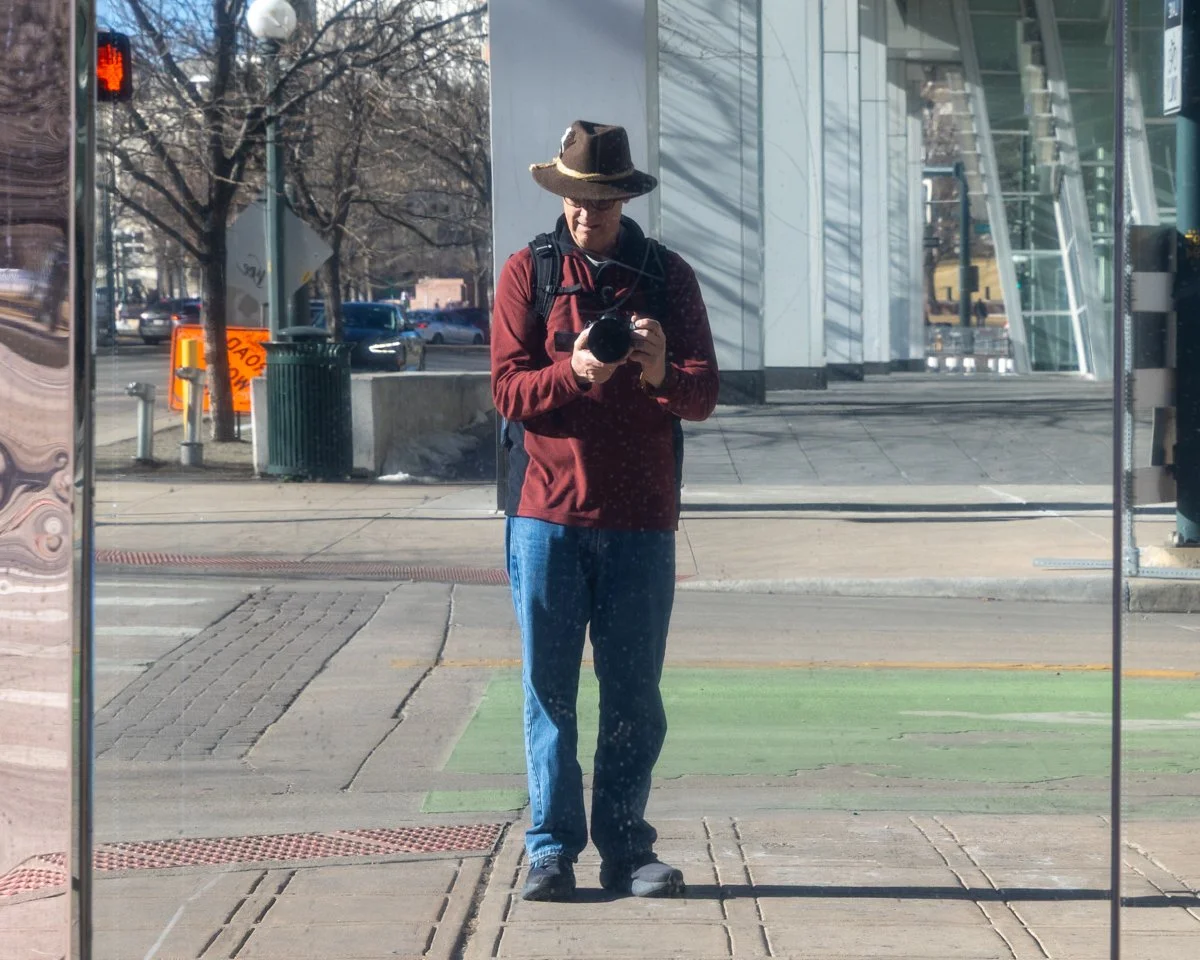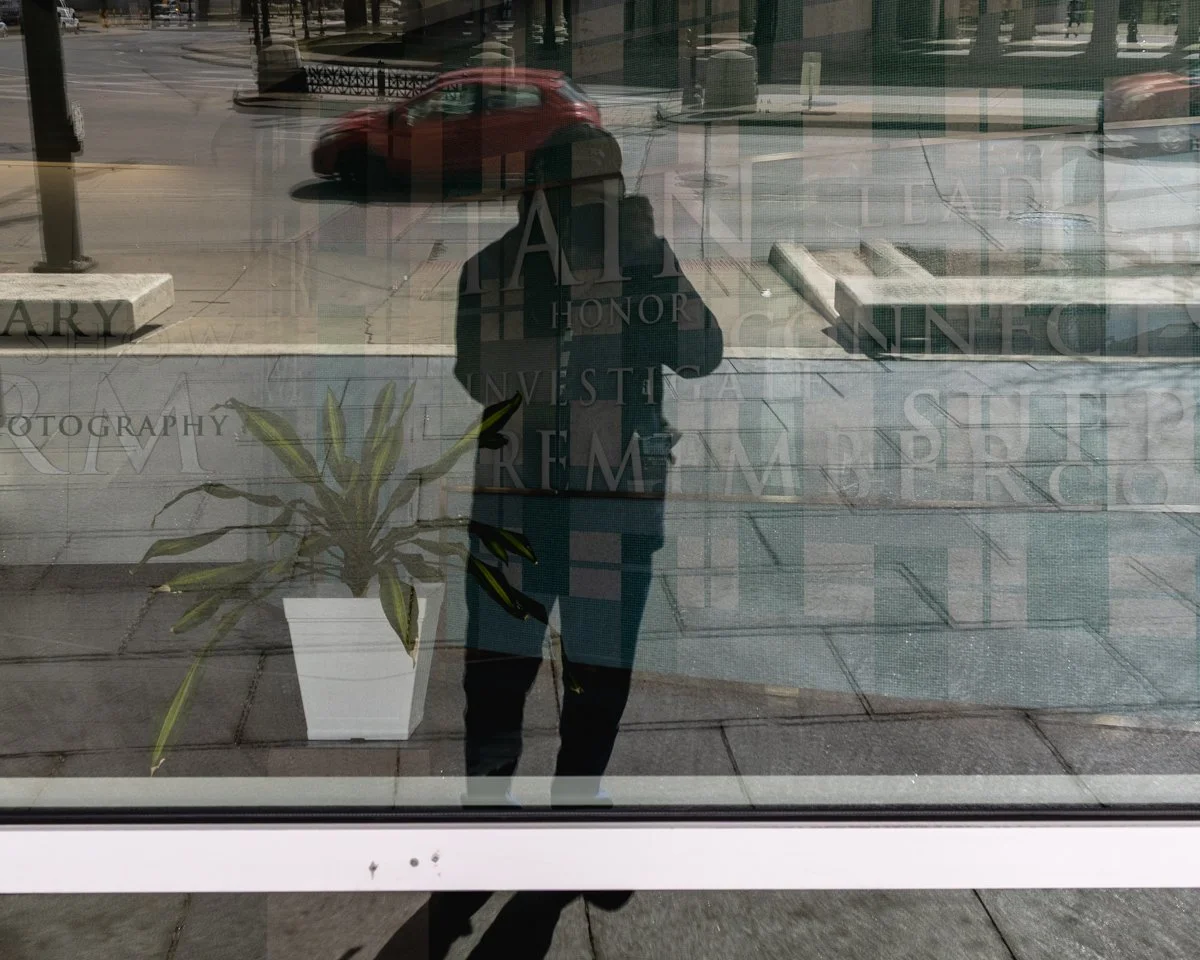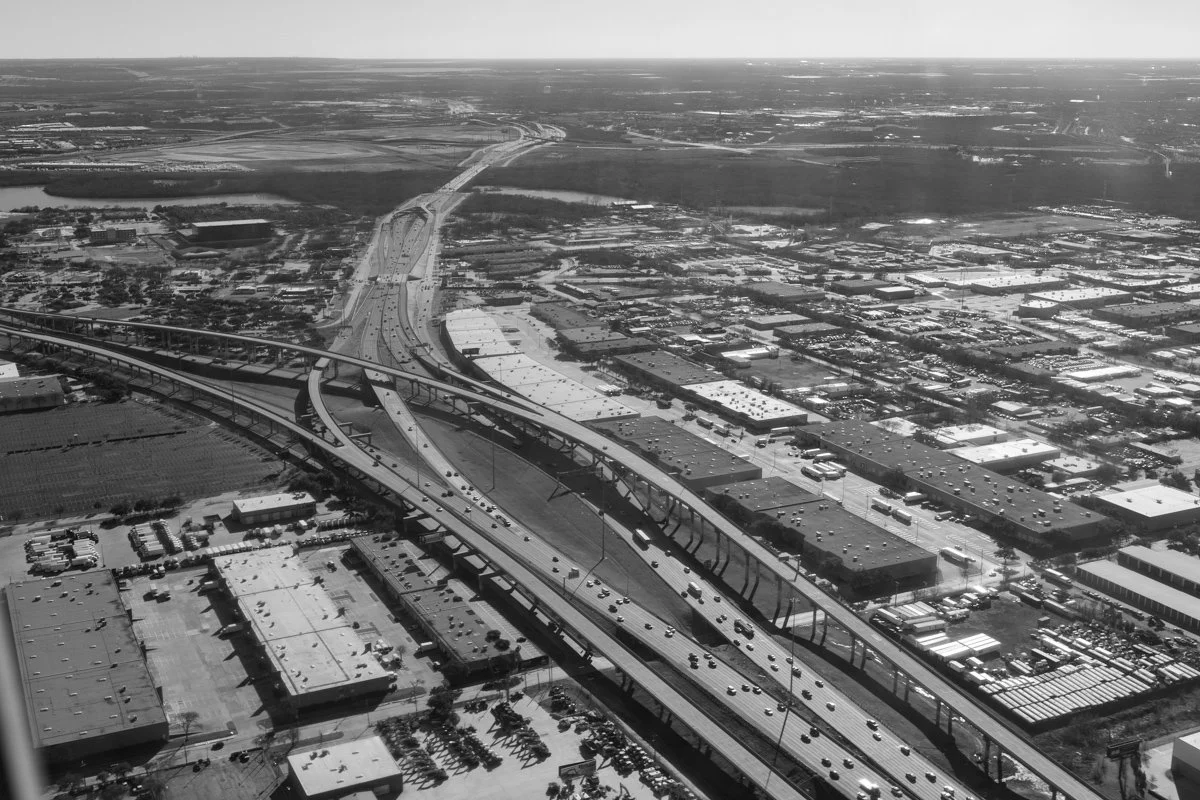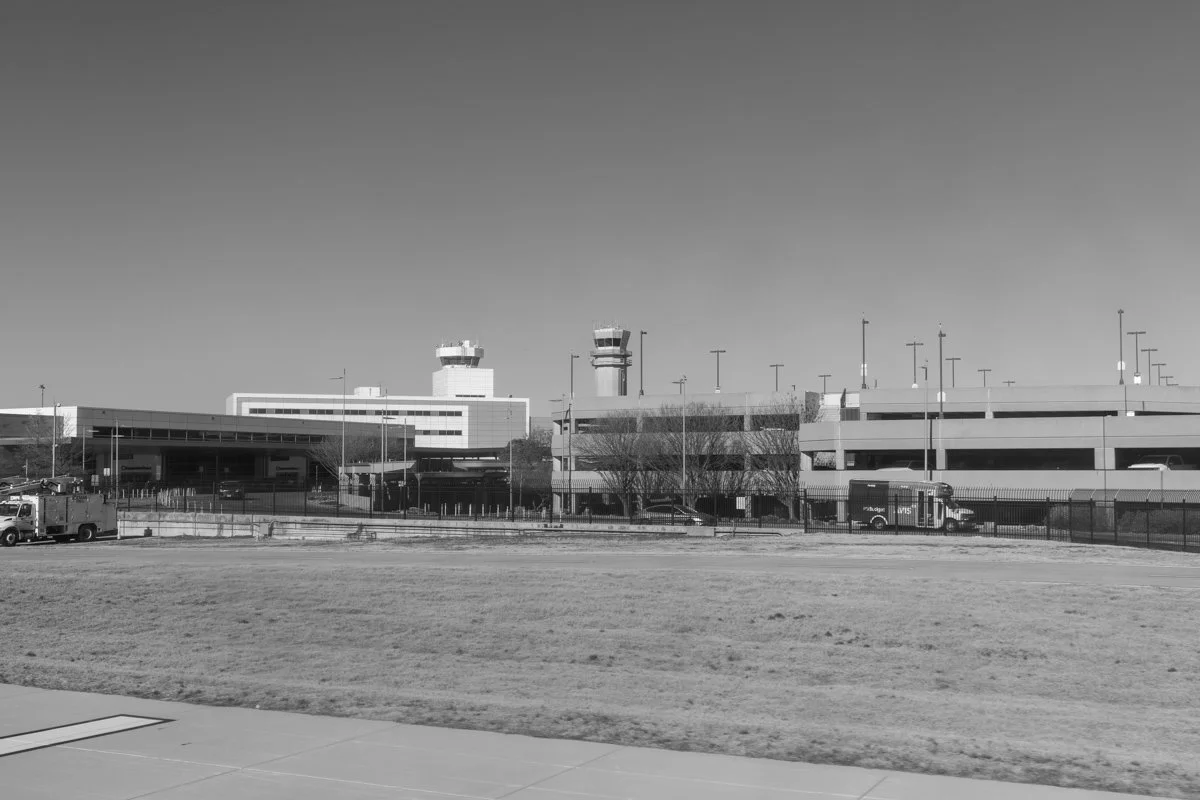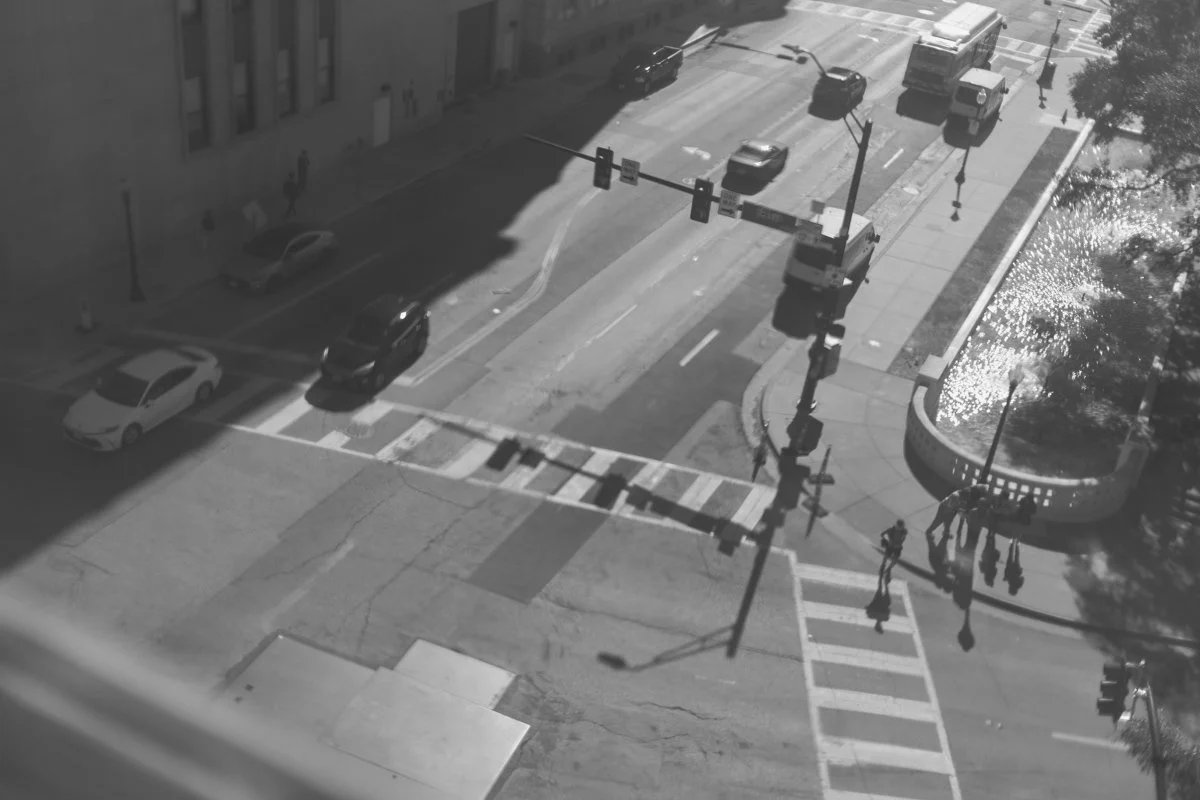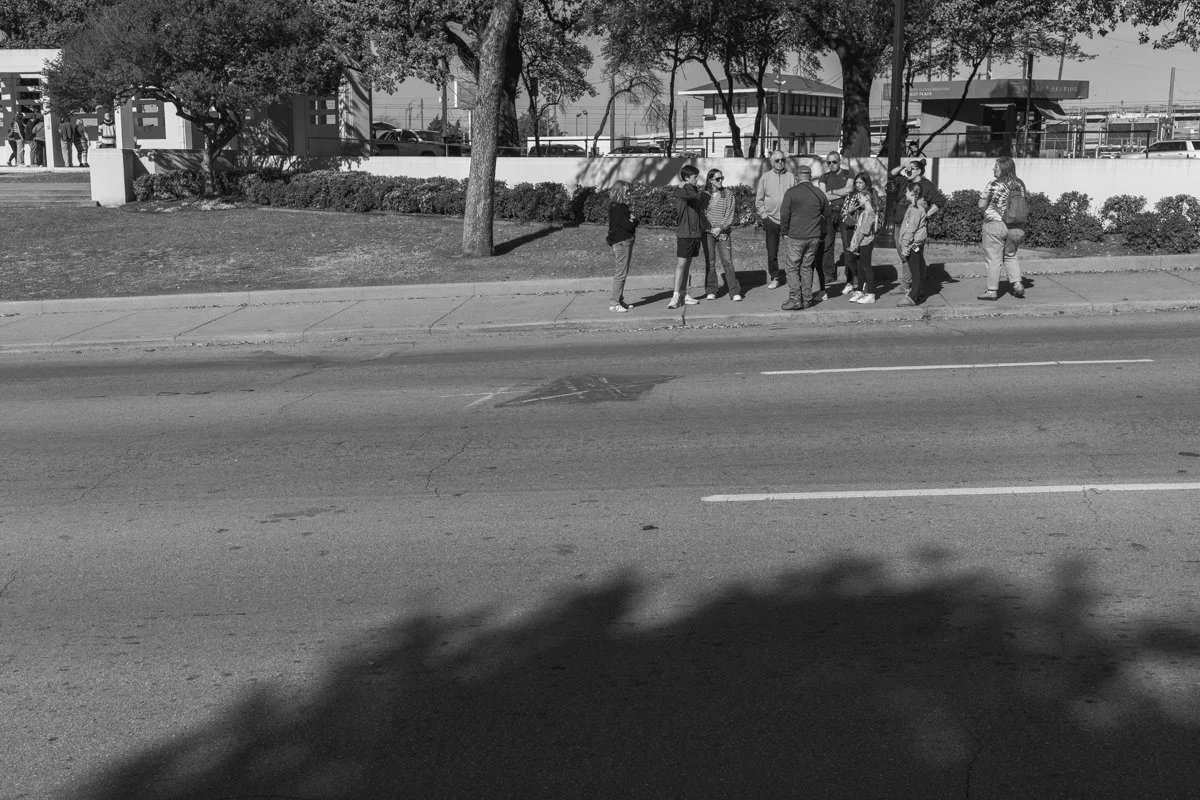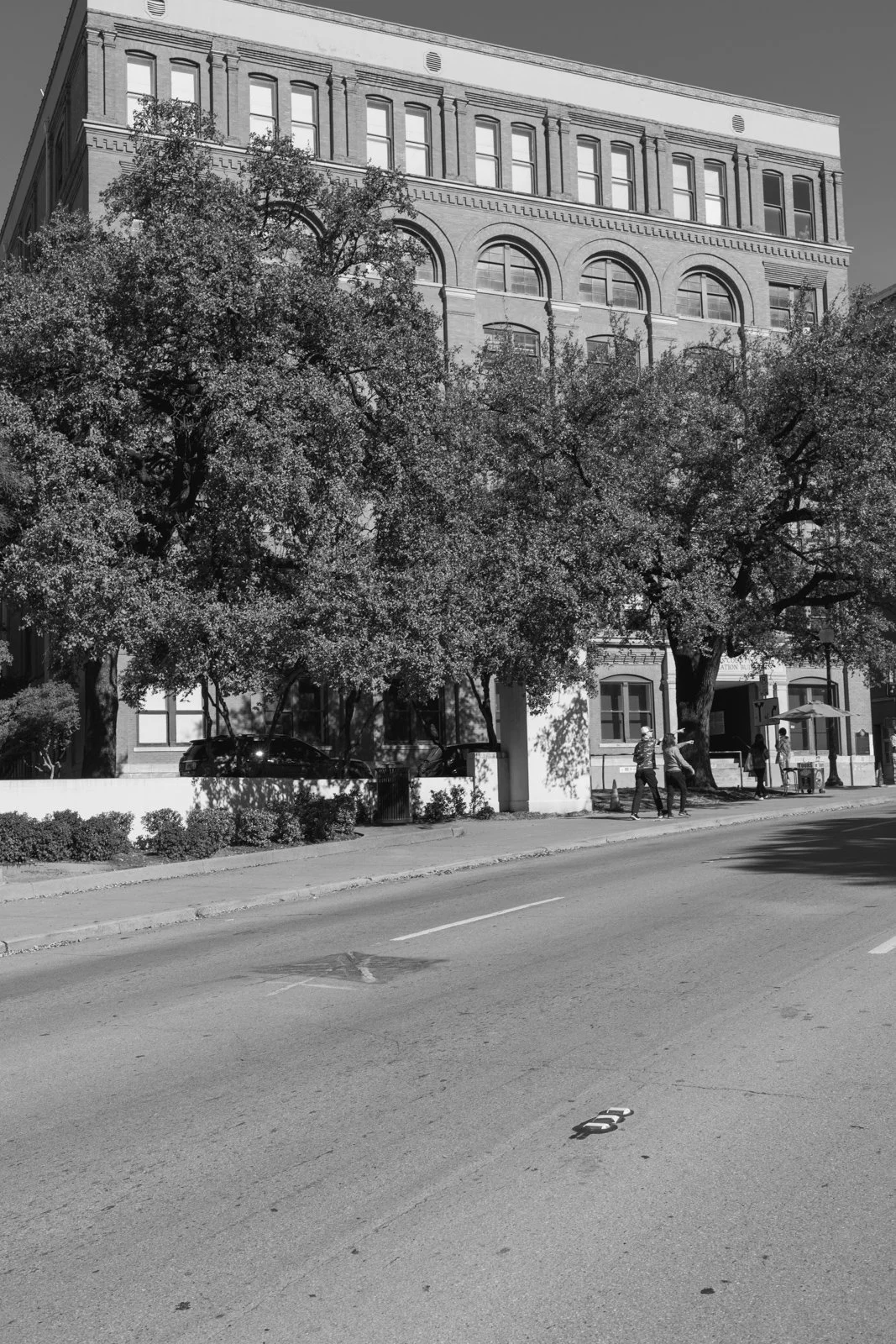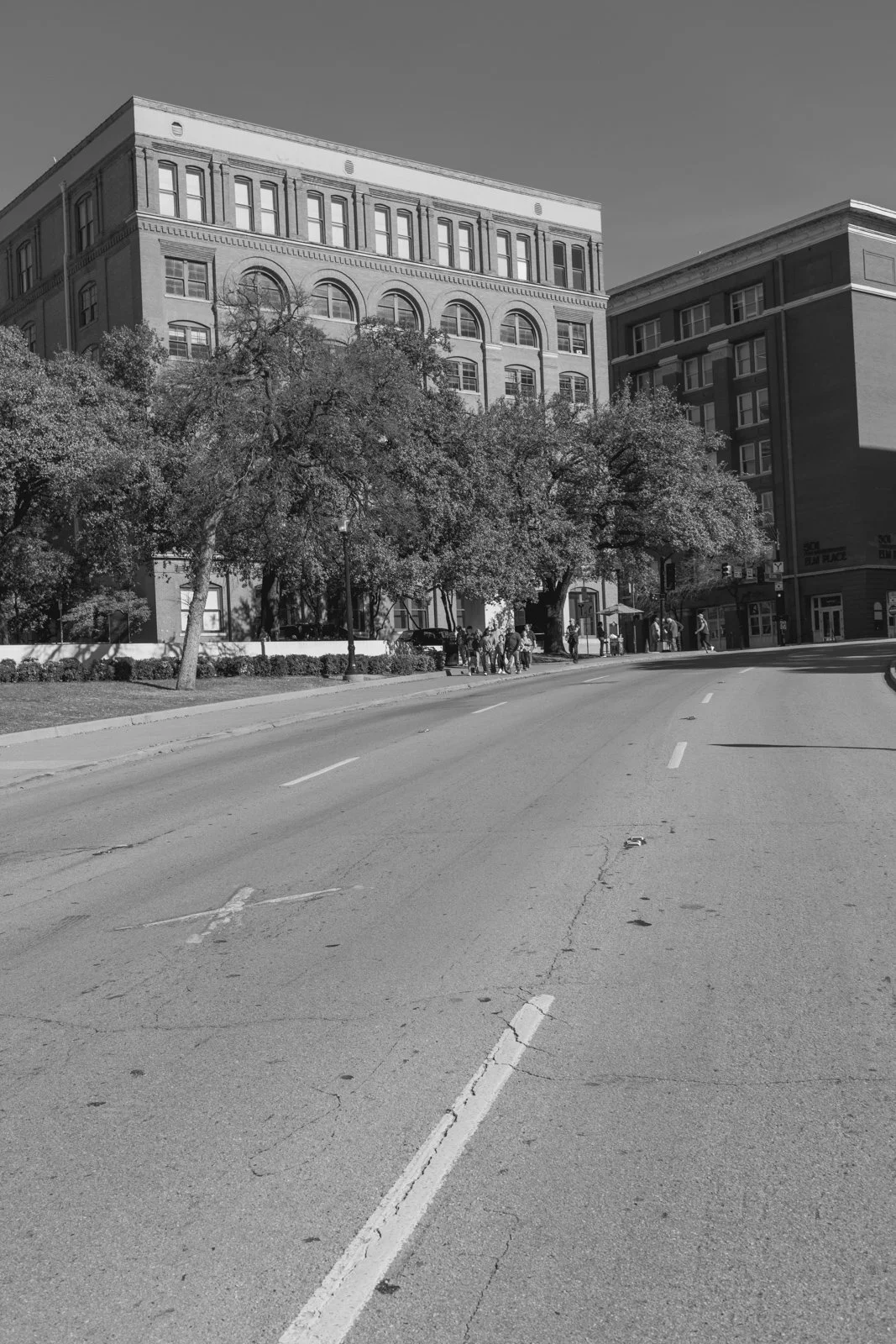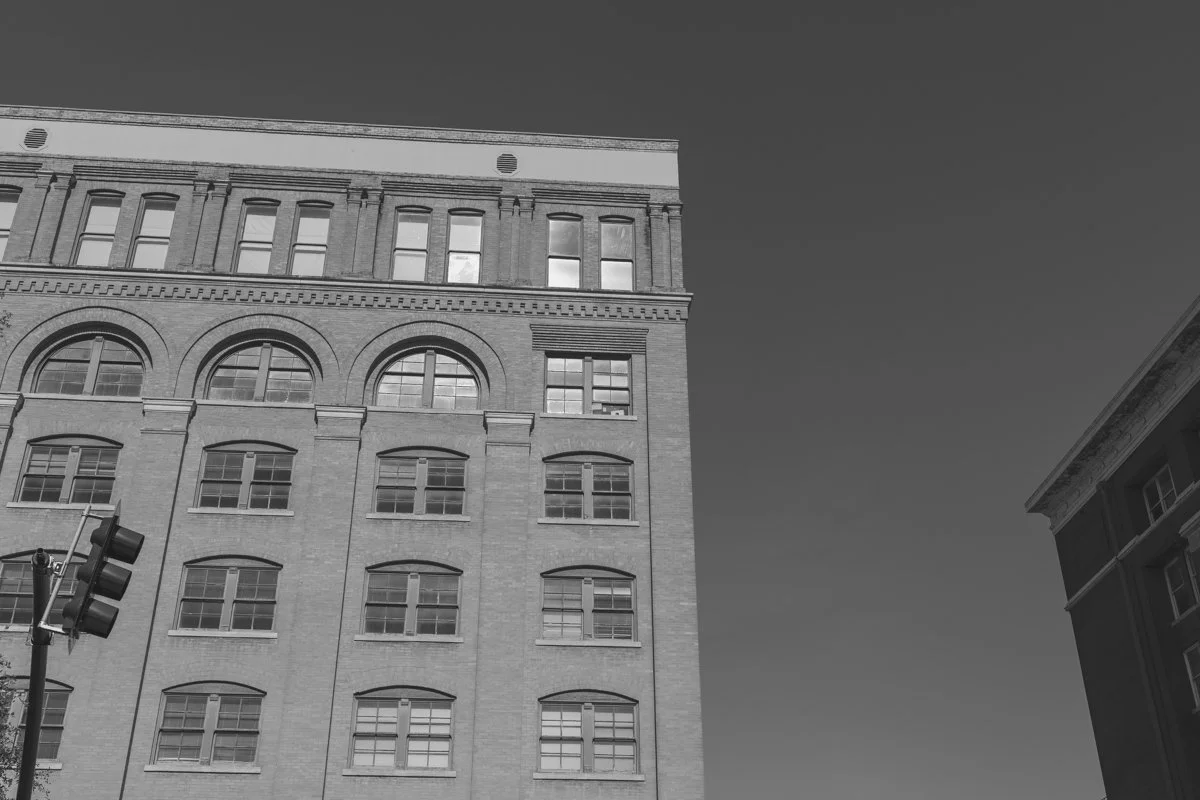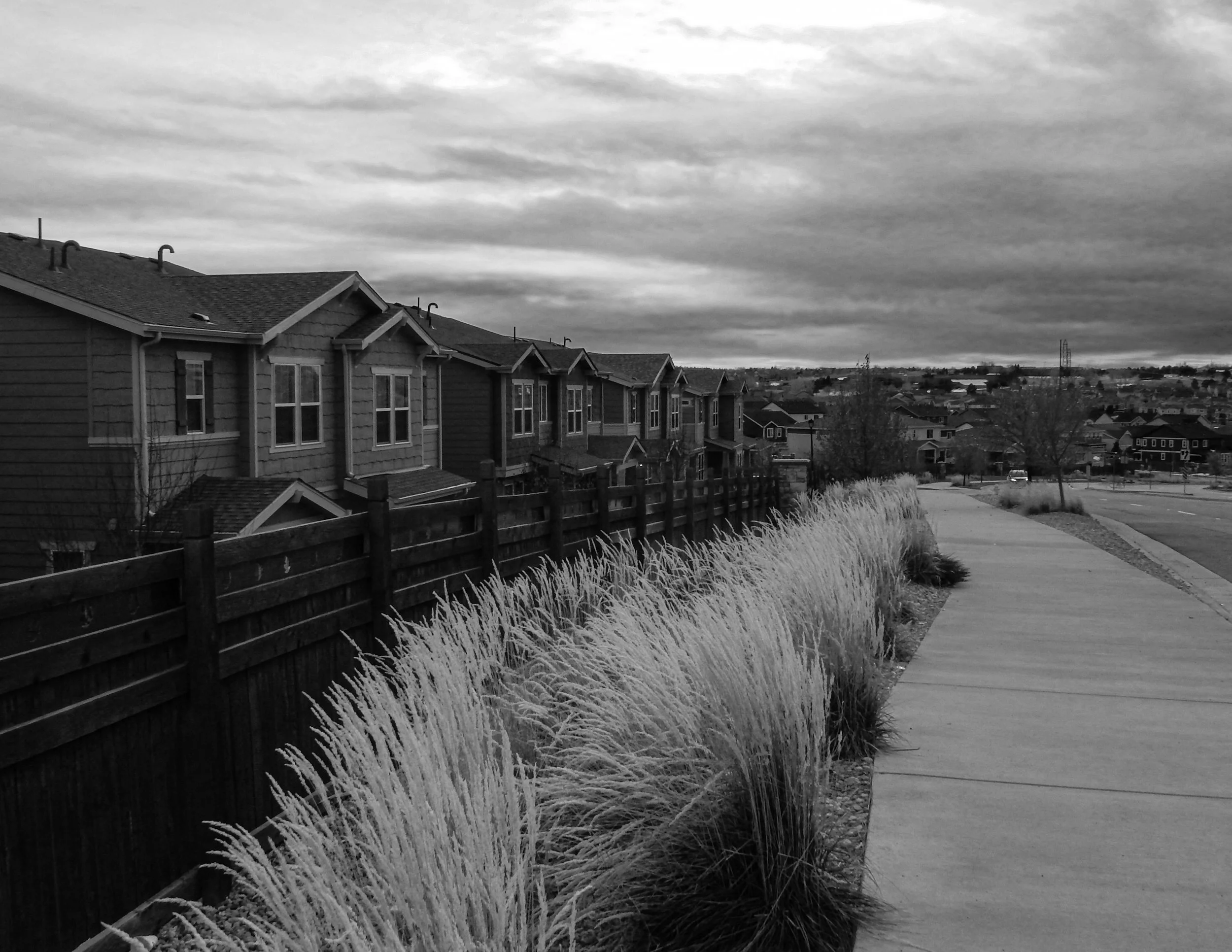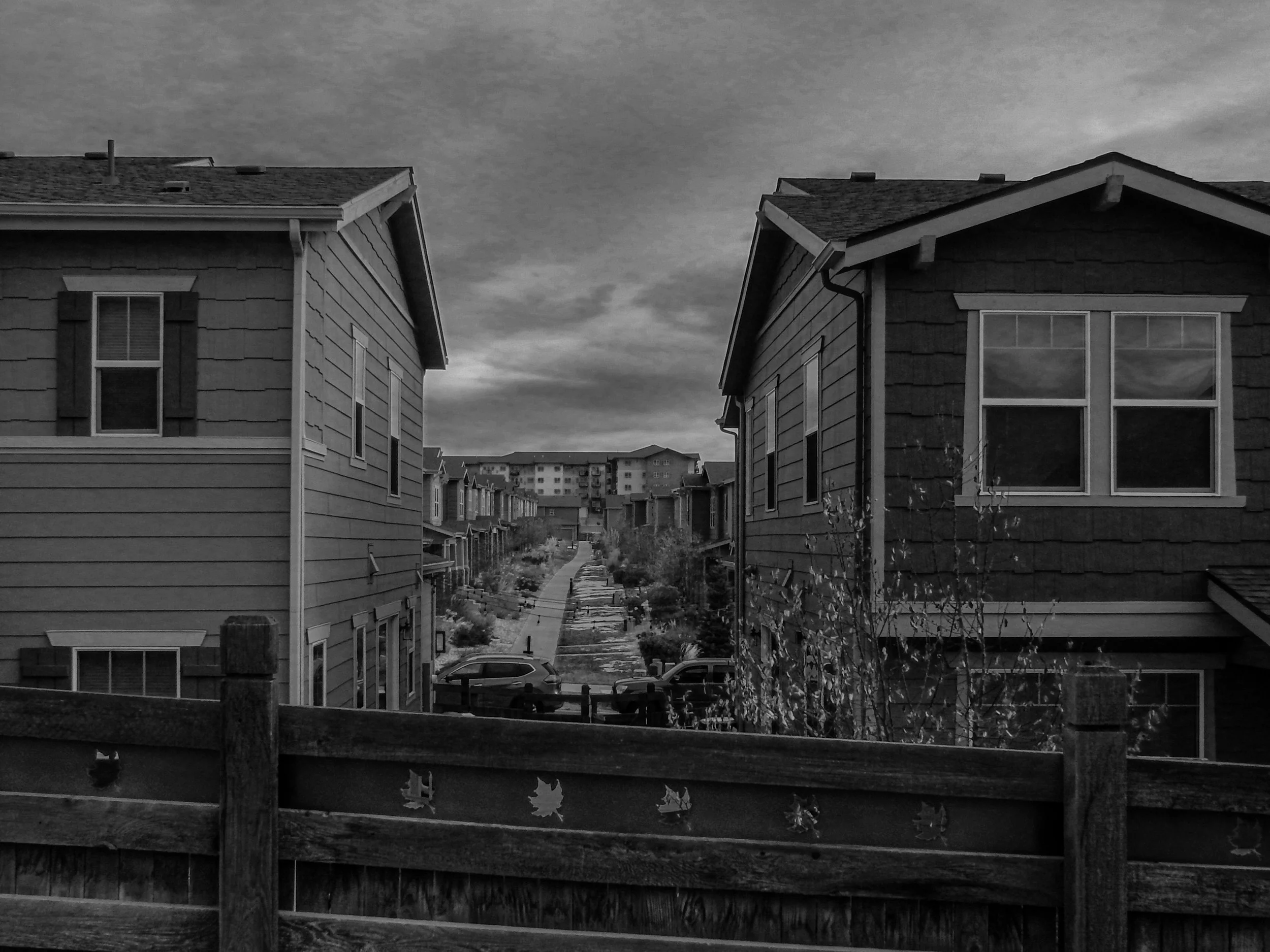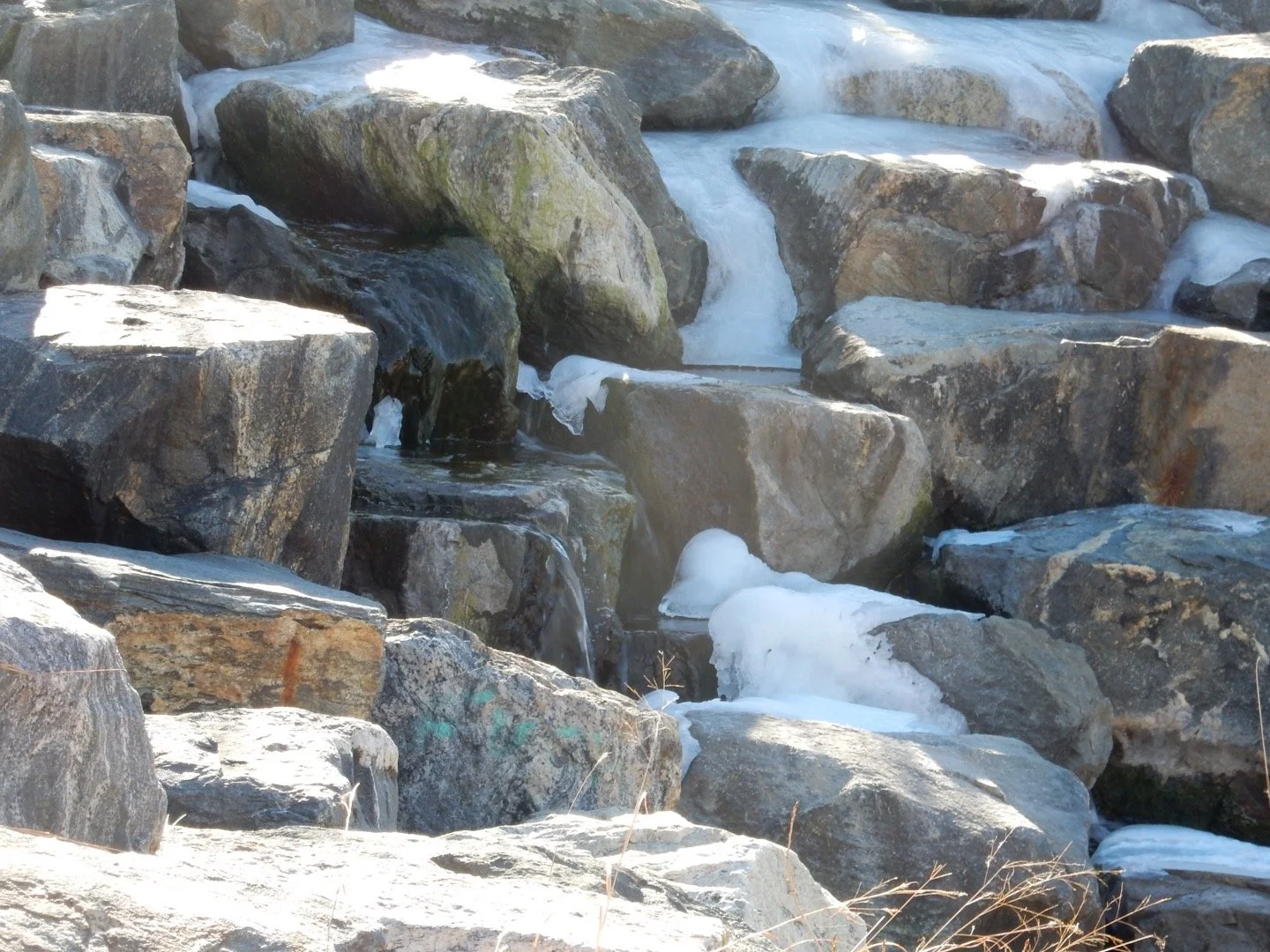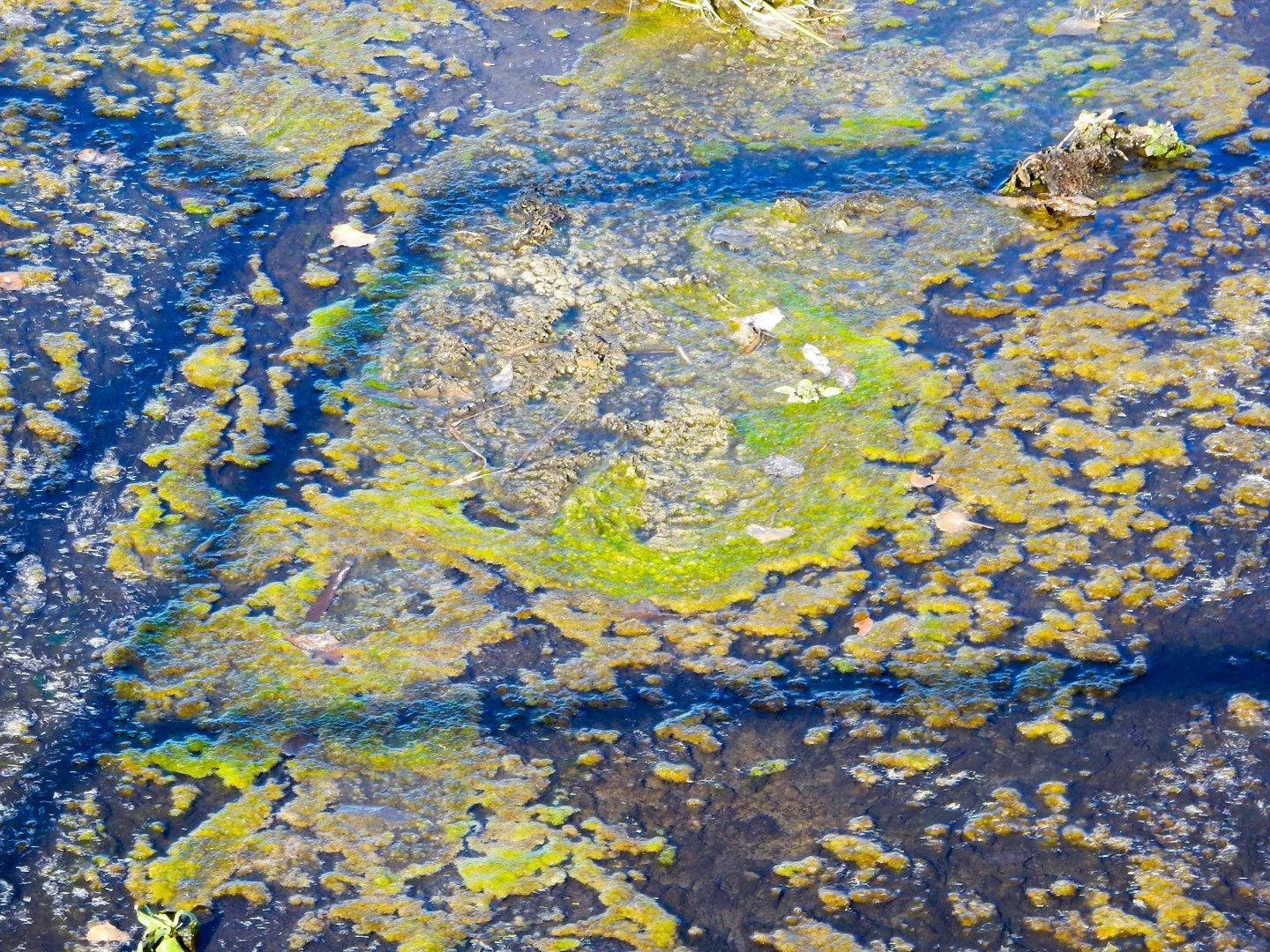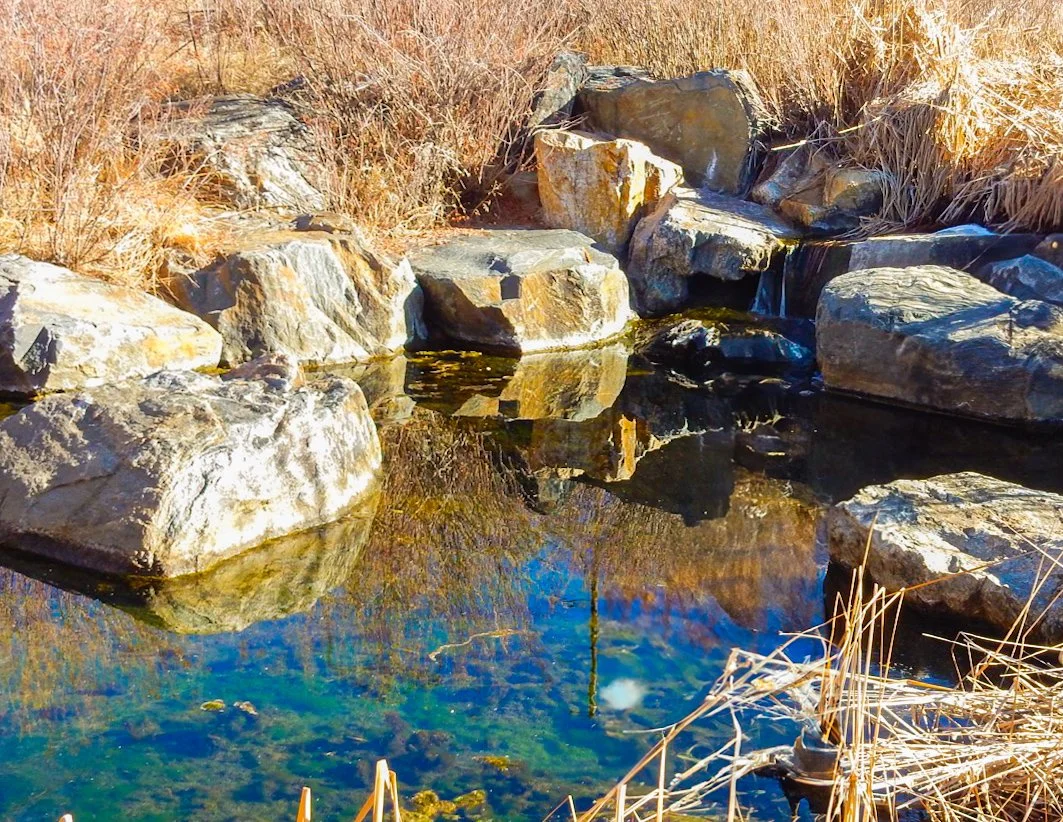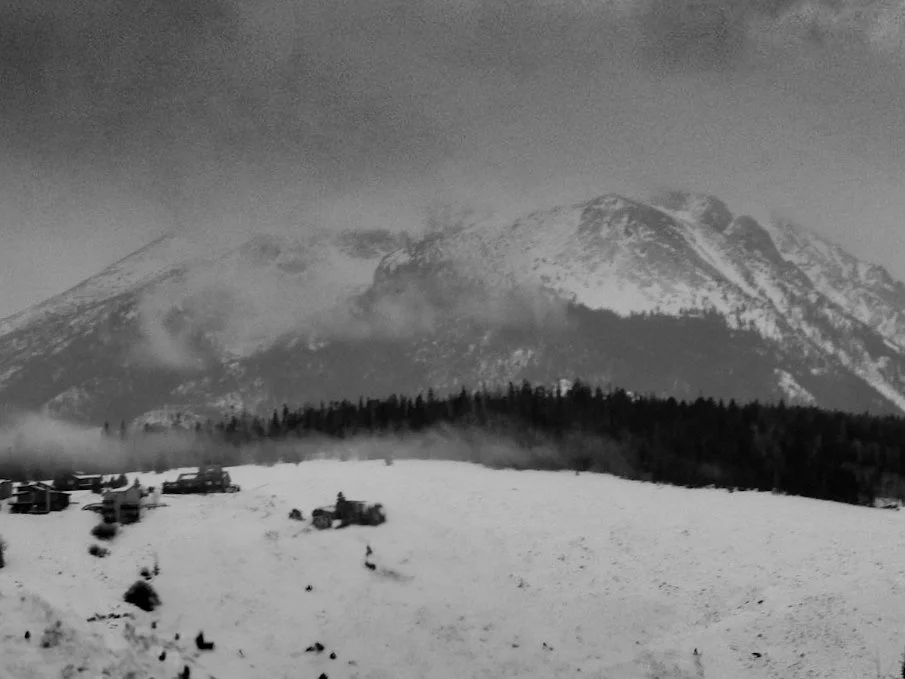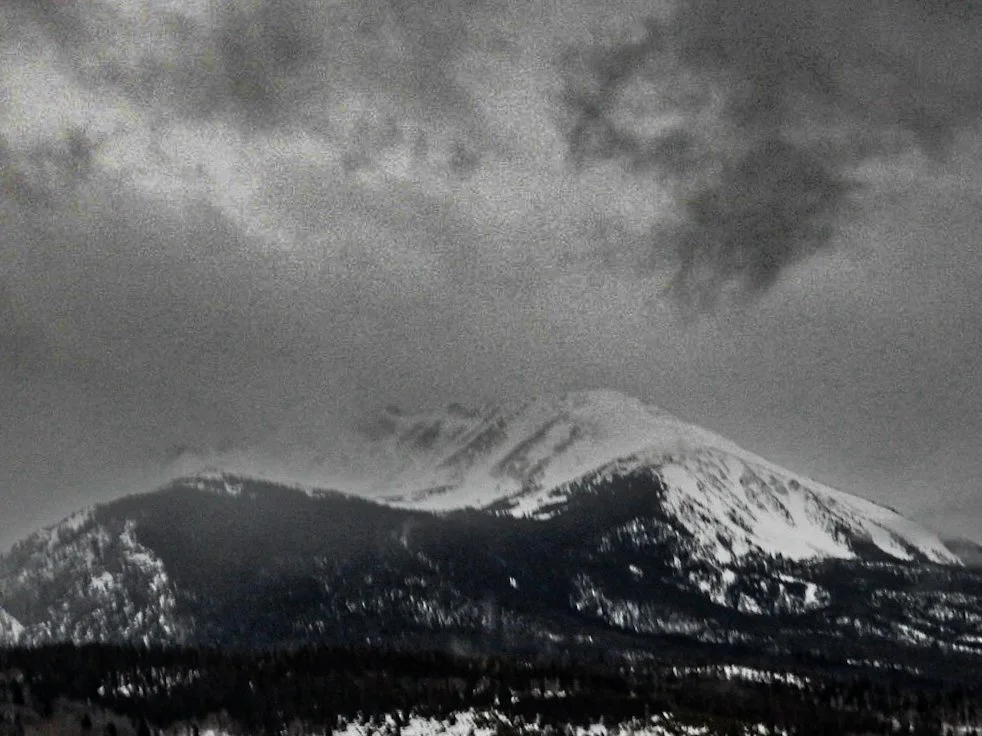I want to honor Vivian Mair (1926-2009) for Women's History Month. Maier was an unknown street photographer who took over 150,000 photographs of architecture and people in Chicago, New York City, and Los Angeles. She never published any of her photos during her lifetime. After she died in 2009, collectors discovered thousands of her prints, negatives, and unprocessed film of her work stored in boxes and suitcases.
Maier was born in New York City in 1926 but spent her childhood between New York City and the French alpine village of Saint-Bonnet-en-Champsaur. In 1951, Vivian left France to go to New York City, where she became a nanny in New York City and Chicago. She was considered a real-life Mary Poppins by the children she cared for—Vivian, often with her charges in tow, photographed street scenes with her Rolleiflex camera. Vivian traveled worldwide, photographing Los Angeles, the Philippines, Hong Kong, Vietnam, Malaysia, Singapore, India, Yemen, Egypt, Greece, Lebanon, Syria, Turkey, Italy, France, and Switzerland.
Vivian's signature photos were self-portraits of reflections in mirrors and windows of buildings, which could be considered the first “selfies” seen in black-and-white and color. In honor of Vivian Maier, I am including photos of my reflections in the windows of Denver buildings. You may see more of Vivian’s photos at Vivian Maier Photography.
To honor Vivian Maier, I have posted some reflection selfies I took during my street photo walks in Denver, Colorado. Please note: I did not use my normal focal length of 40mm or 42mm because I wanted to photograph myself in a reflection, as Vivian did during her photo walks. Try taking some reflection selfies for yourself and post them if you can or links to your photos in the comments below.
Reflection Selfie
Canon R6 Mark II; Canon RF 24-105 f/4 L; 65mm, f/8; 1/200 sec.; ISO 125
Reflection Selfie
Canon R6 Mark II; Canon RF 24-105 f/4 L; 24mm; f/8; 1/200 sec.; ISO 100
Reflection Selfie
Canon R6 Mark II; Canon RF 24-105 f/4 L; 76mm; f/8; 1/80 sec.; ISO 1250
Reflection Selfie
Canon R6 Mark II; Canon RF 24-105 f/4 L; 24mm; f/8; 1/60 sec.; ISO 6400
Reflection Selfie
Canon R6 Mark II; EF 40mm f/2.8; 0.3 sec.
